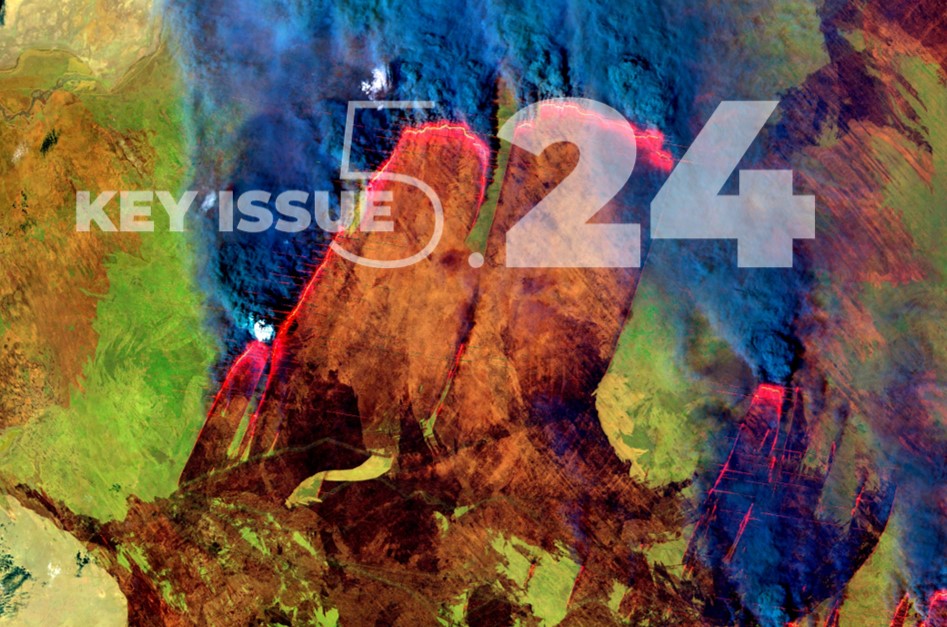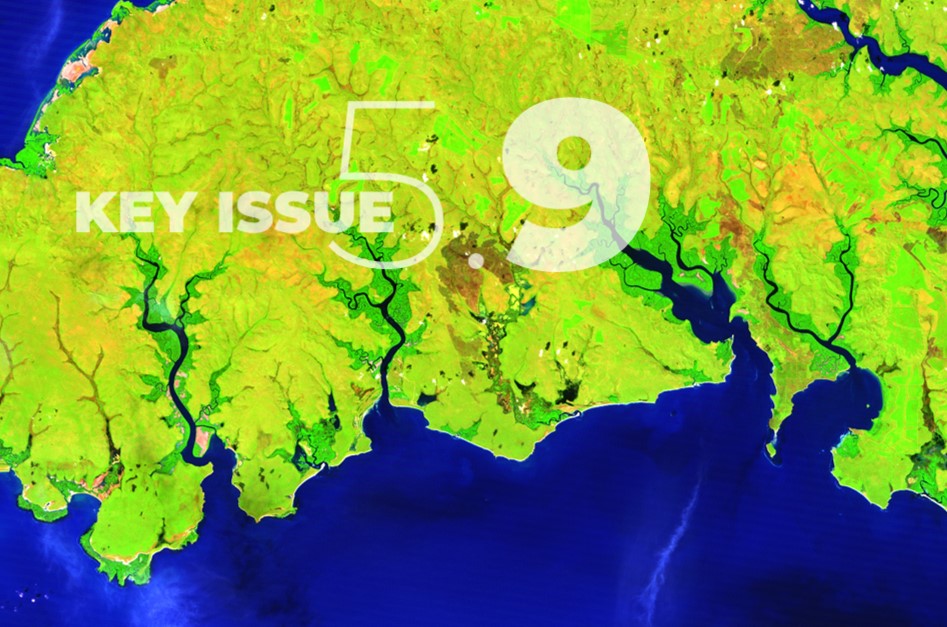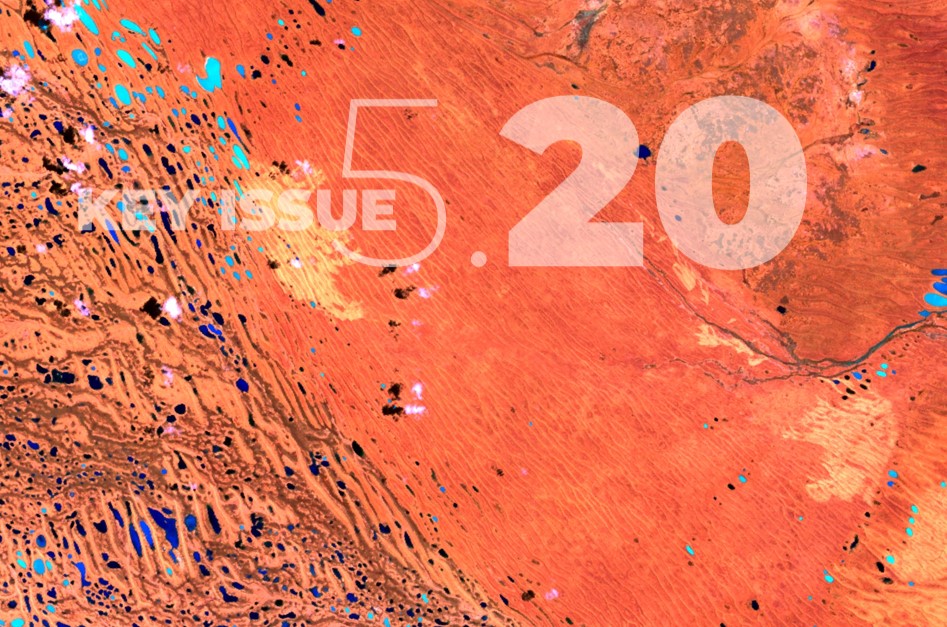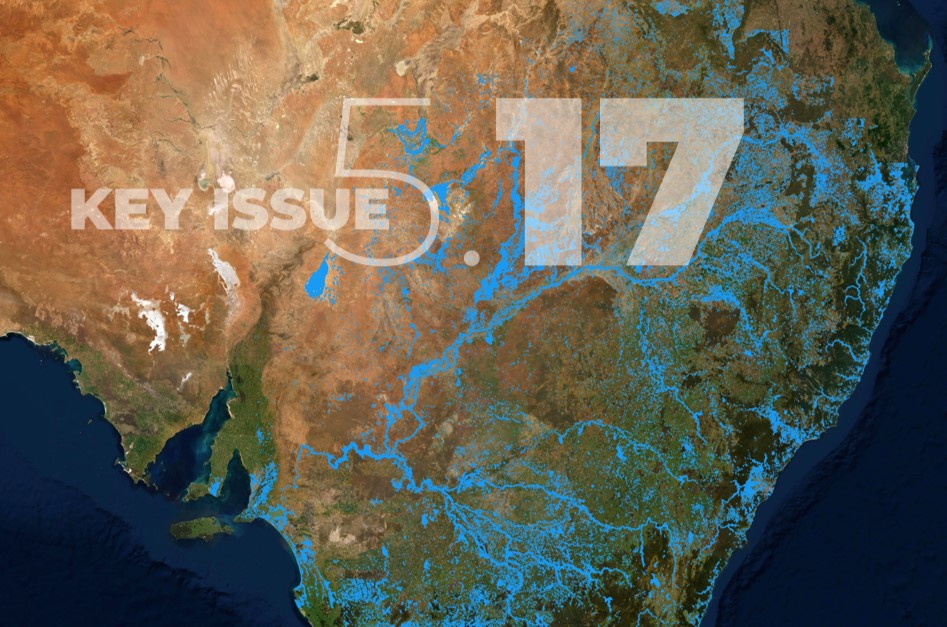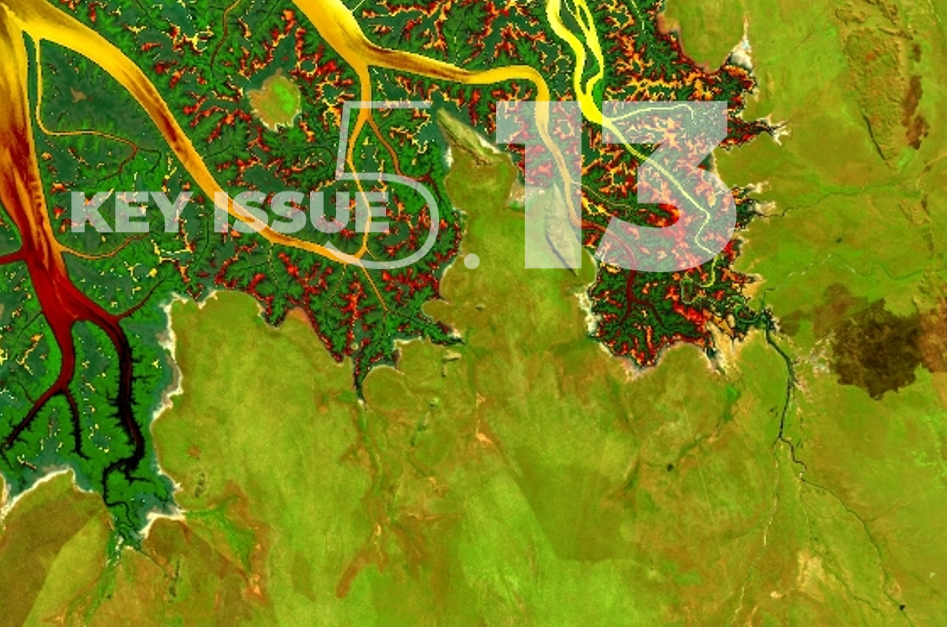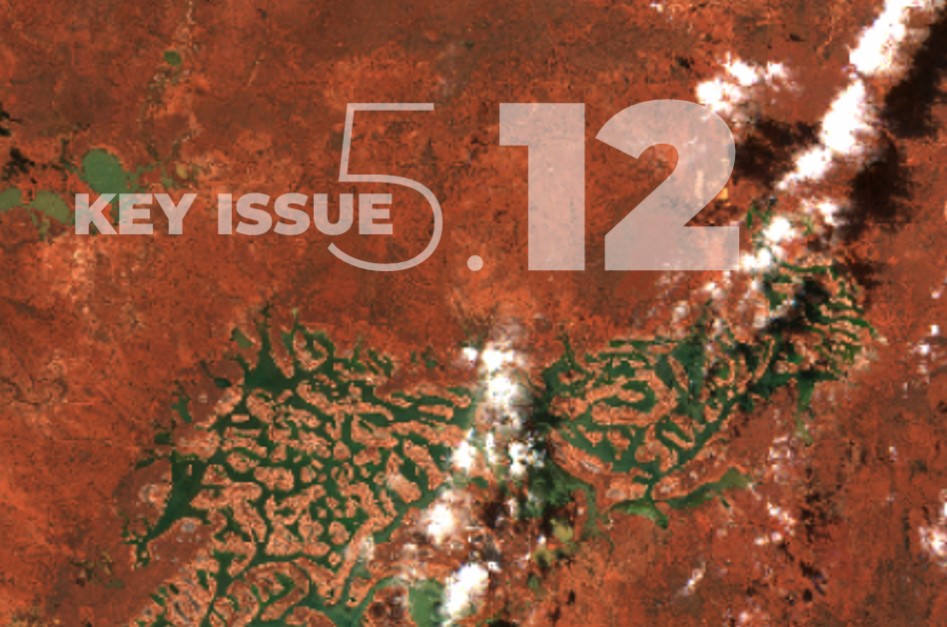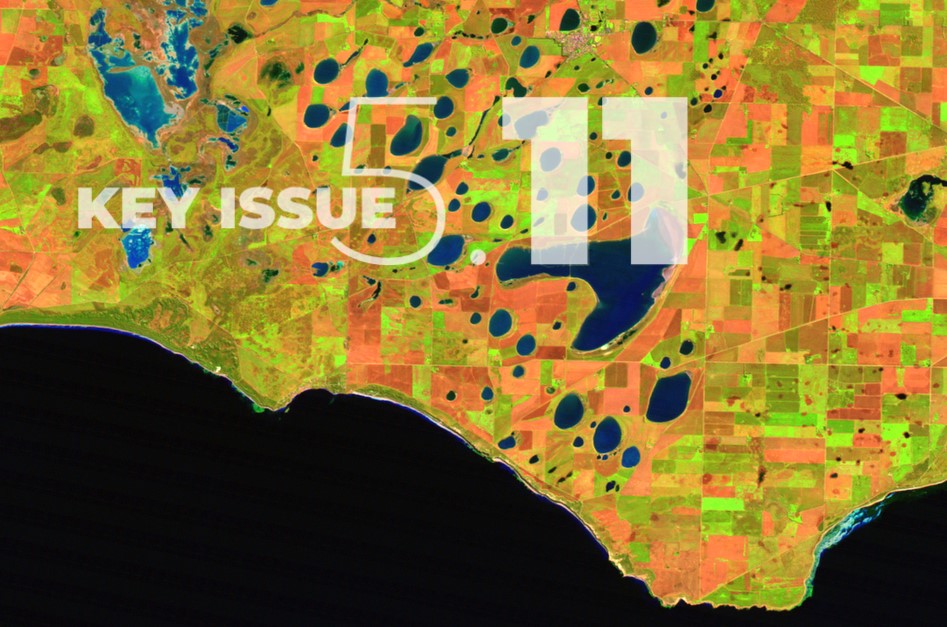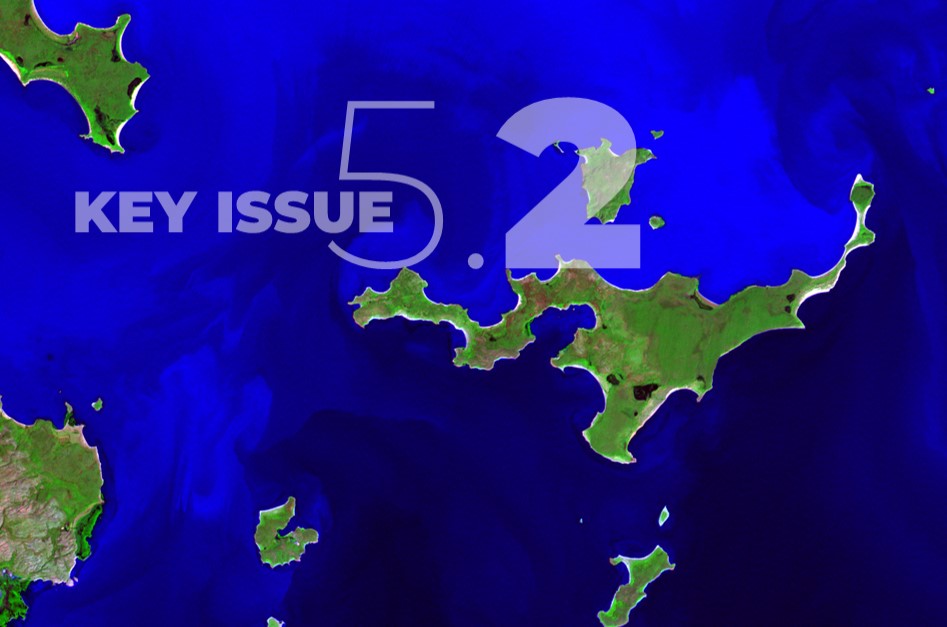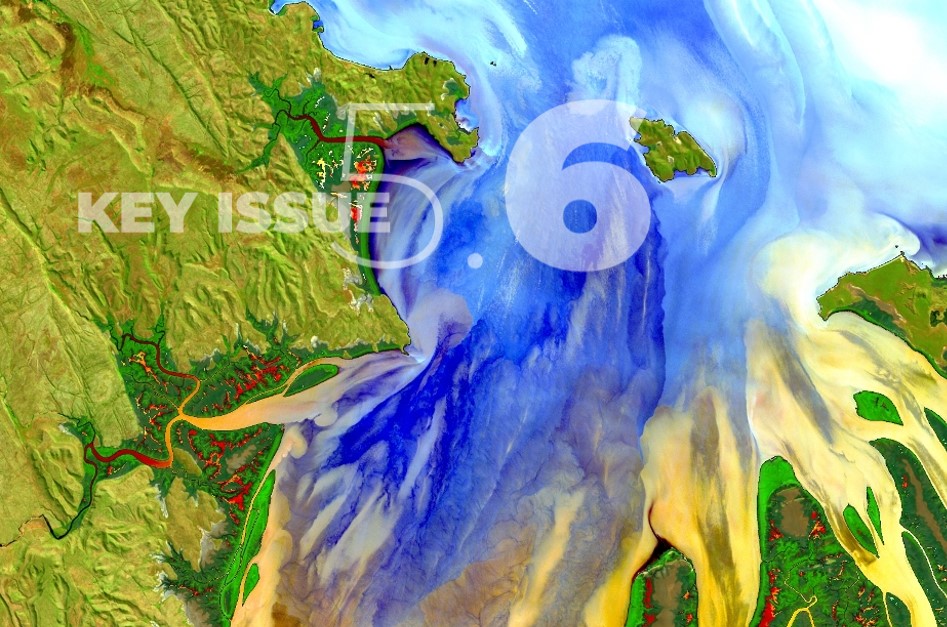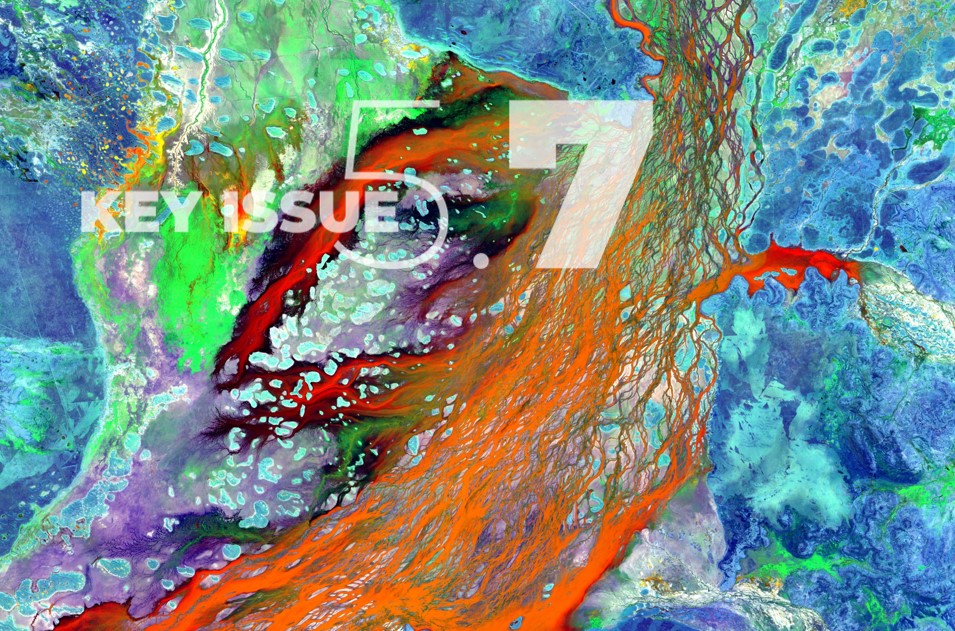Turning environmental monitoring into management
Challenge The current paradigm for earth observation systems involves data collection to monitor ecological/ environment systems with data analysis informing decision makers on actions that may deliver certain outcomes. Moving to a management focused approach requires access to a wider range of data with better data...


